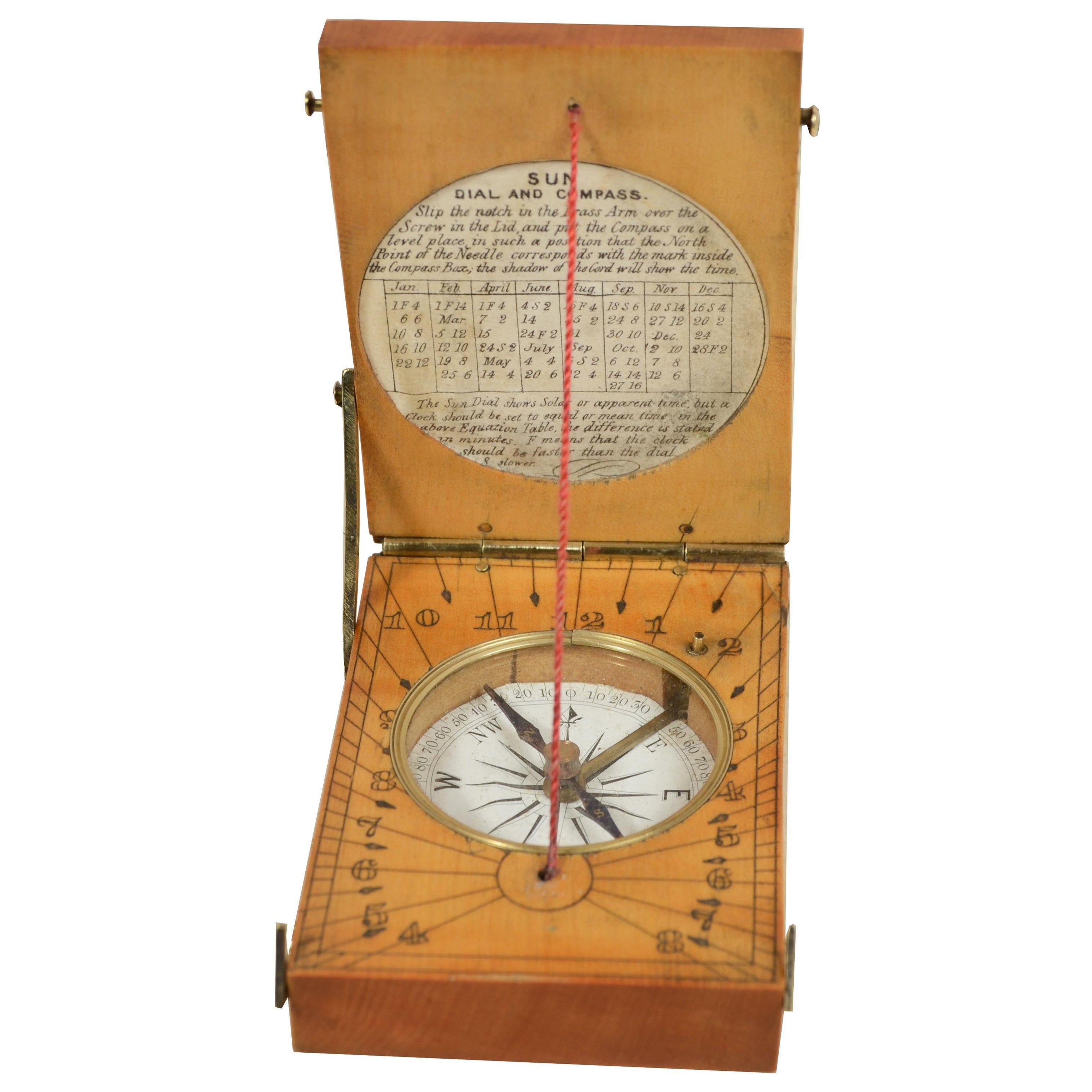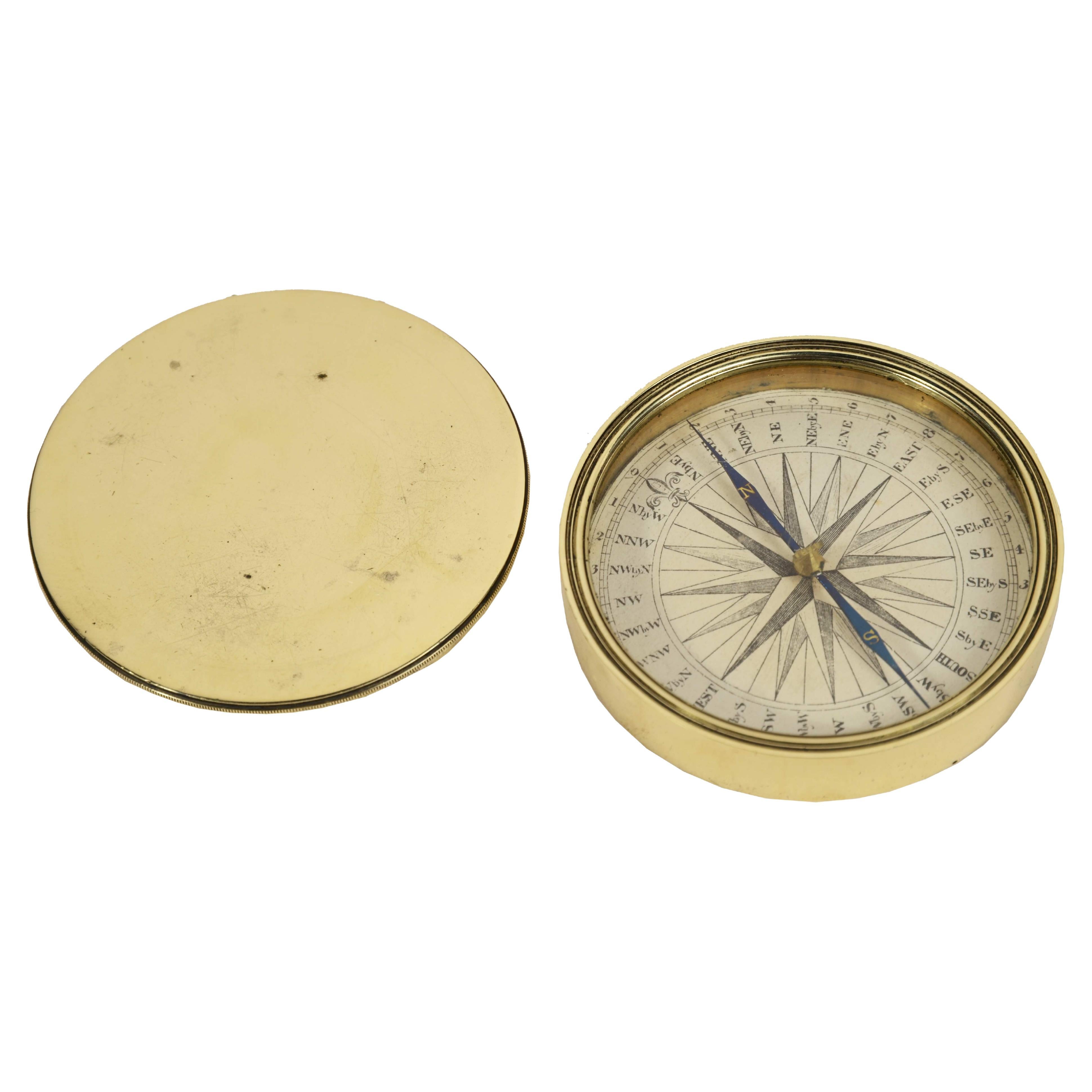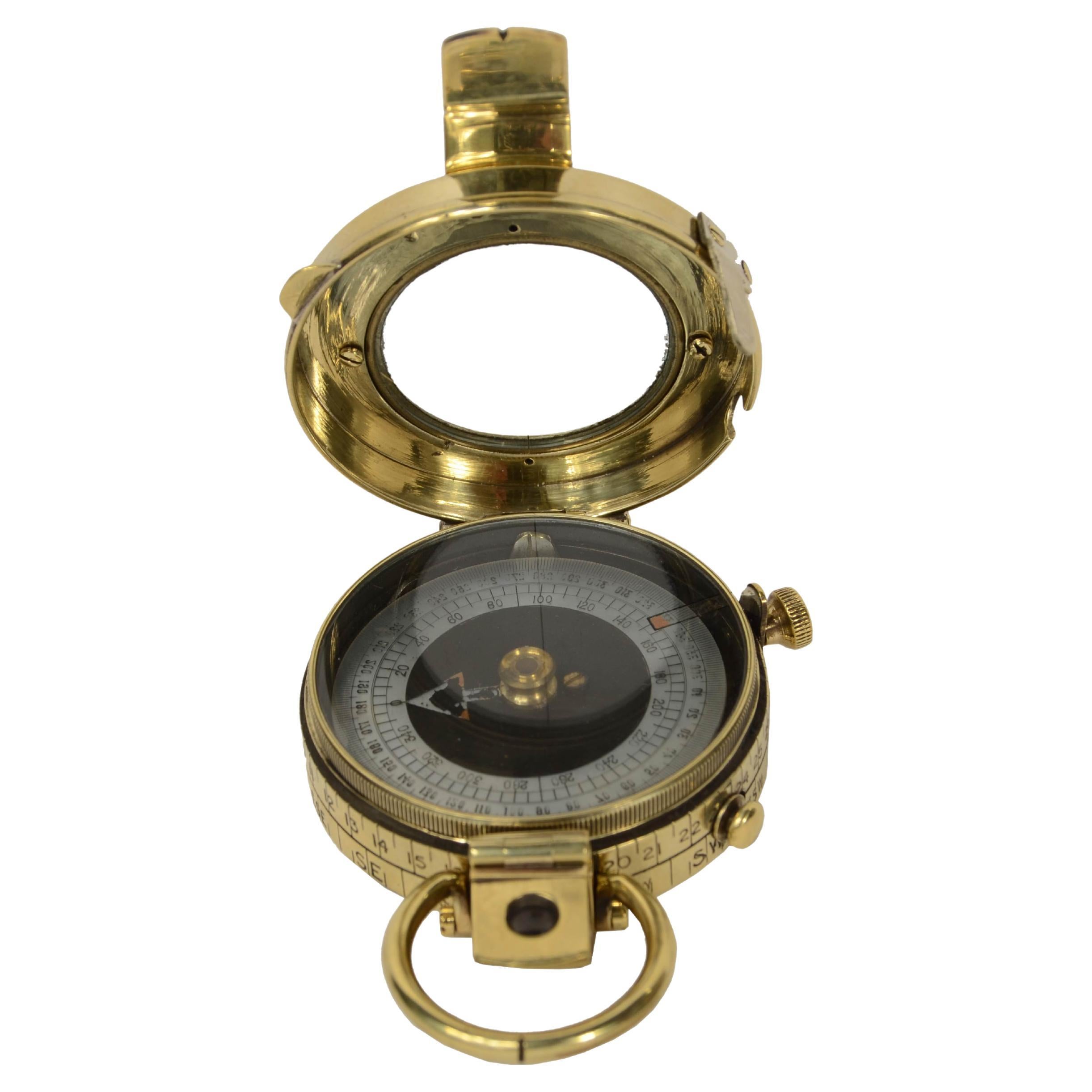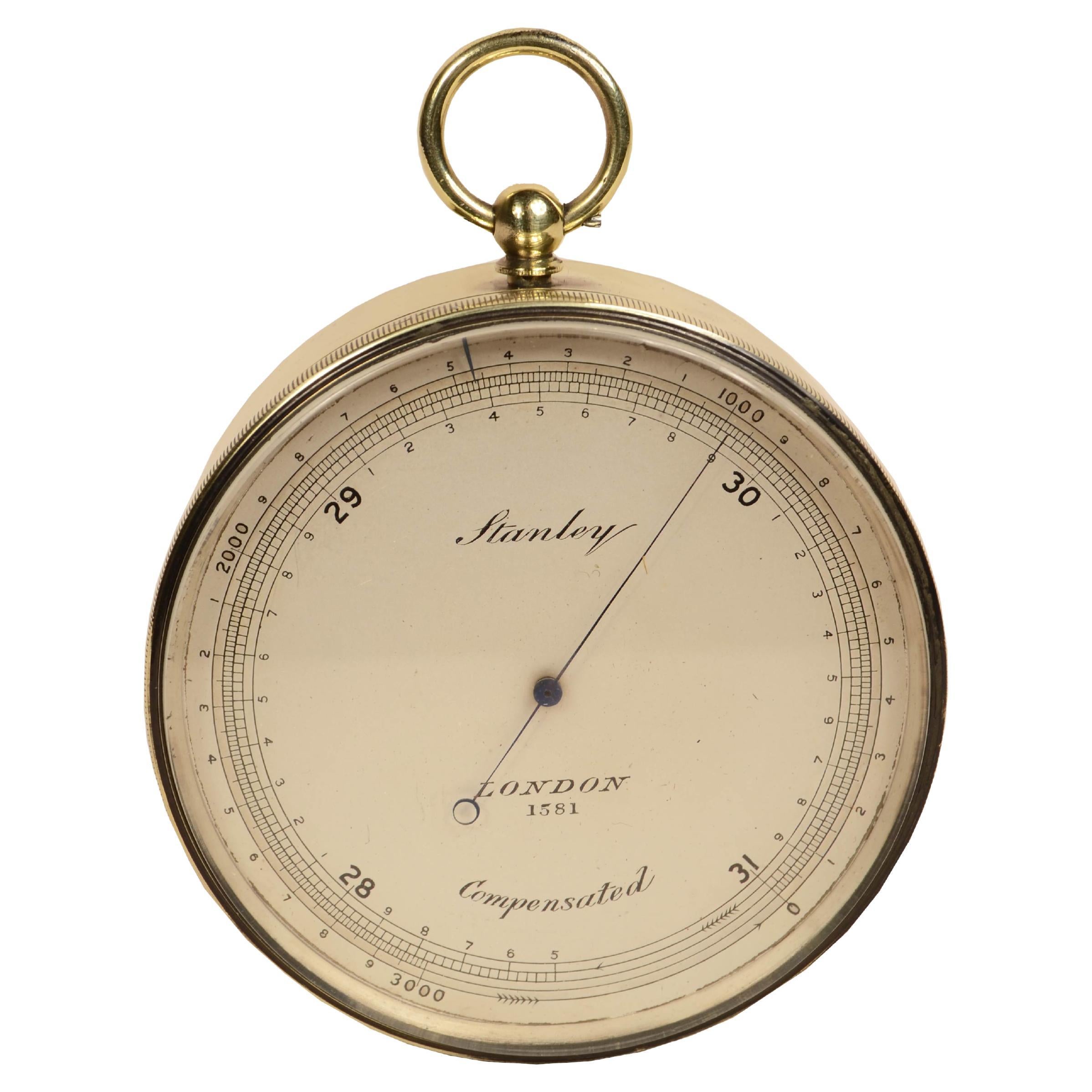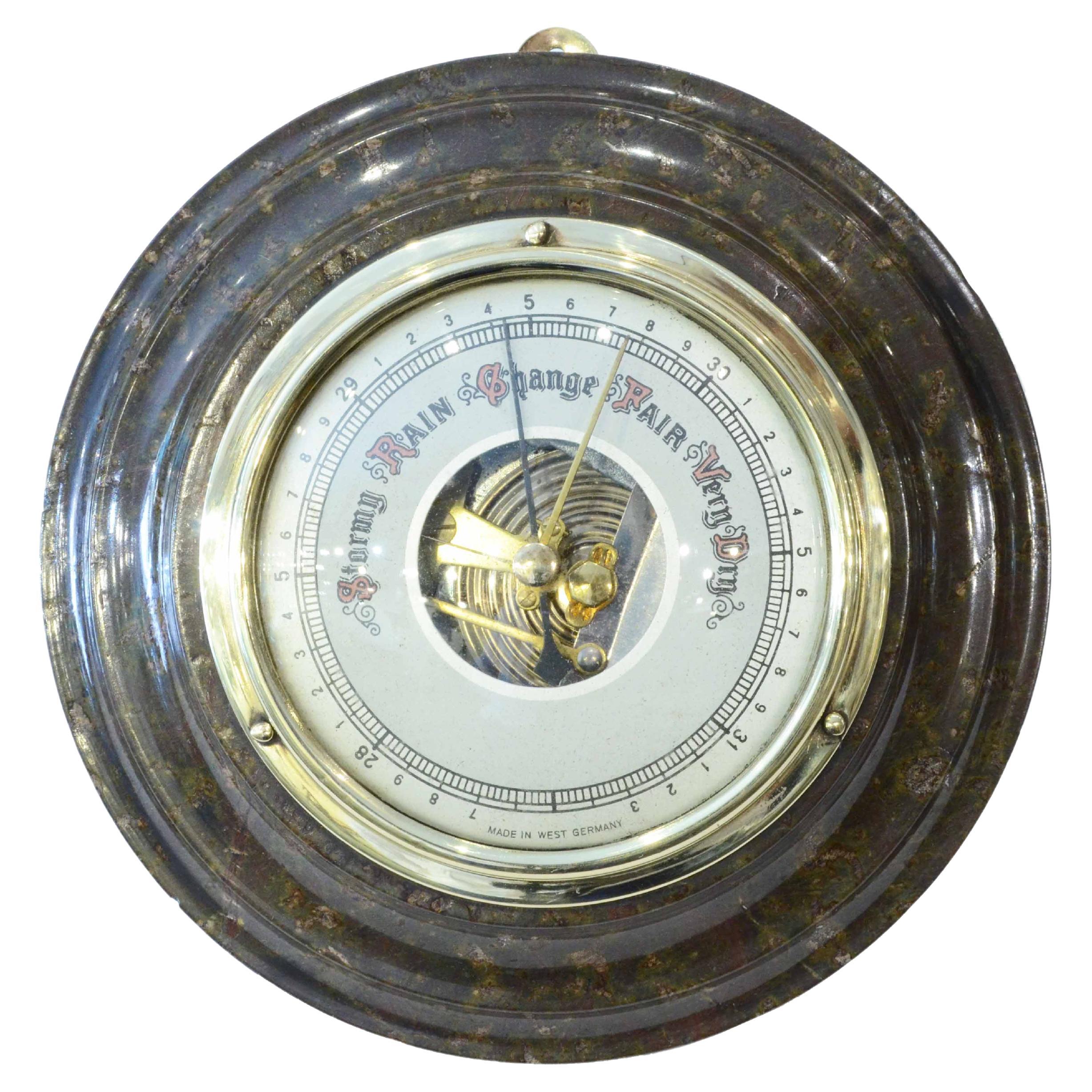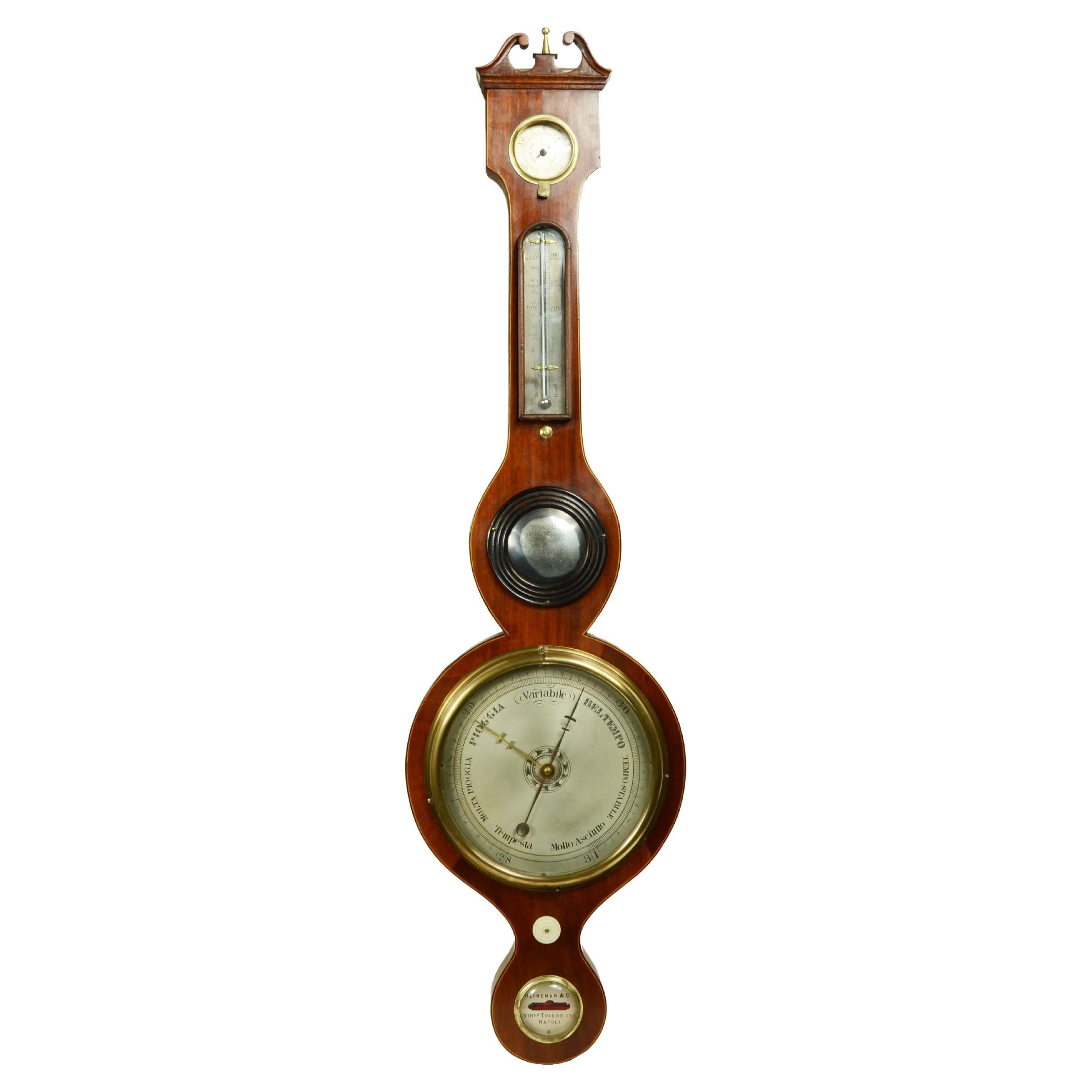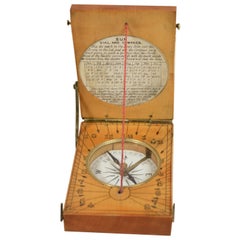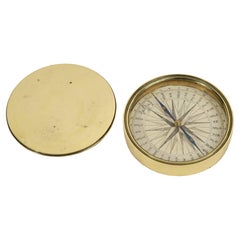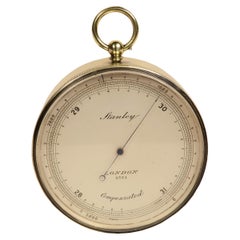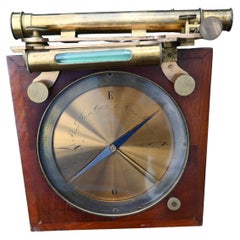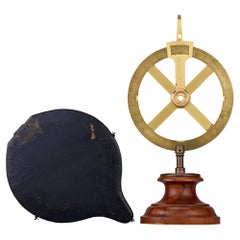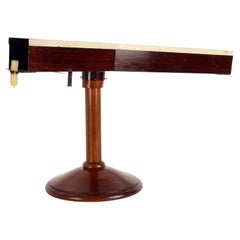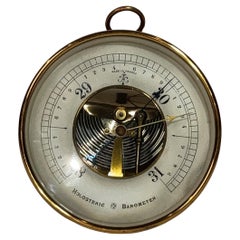Items Similar to FER model logarithmic circular slide rule H 39 n. 1675 1930s
Want more images or videos?
Request additional images or videos from the seller
1 of 21
FER model logarithmic circular slide rule H 39 n. 1675 1930s
$2,649.21
£1,960.08
€2,200
CA$3,663
A$4,021.52
CHF 2,098.04
MX$48,666.01
NOK 26,295.63
SEK 24,777.40
DKK 16,750.86
About the Item
FER model logarithmic circular slide rule H 39 No. 1675 from the 1930s, Italian Patent No. 1680, housed in its original round-shaped wooden box like the instrument, complete with instruction booklet. Worldwide patented calculator for rapid and safe calculation of dimensions of reinforced concrete structures. The instrument is made of lithographed aluminum and The dial has 10 rings on which the logarithmic graduations are indicated and a crank with eight buttons that can be raised or lowered to allow calculations.An instruction booklet explains its proper use in a very analytical way with examples and diagrams. Made by Construction Officine Meccaniche F.lli Ingg Ferrero Corso Mazzini 29 Savona in the 1930s. Buono stato perfettamente funzionante. Instrument diameter cm 27 - 10.6 inch, height cm 4 -1.6 inch..
The slide rule is based on logarithms and owes its origin to the scale devised in 1607 and published in 1623 by the English astronomer and mathematician Edmund Gunter (1581_1626). Gunter's scale consists of two scales of logarithms, which run from one end to the other and are used with compasses to multiply and divide. In 1630 another English mathematician, Reverend William Oughtred (1574-1600), placed the two scales side by side, eliminating the compasses, thus fabricating the first sliding scale slide rule.
The effectiveness of the slide rule as a tool for quickly performing multiplication and division, as well as squares, roots, and many other operations through addition or difference on logarithmic scales, was not appreciated until the late 18th century. Special versions were prepared for particular activities, for example, to measure lumber, iron bars, barrels, heads of cattle, to calculate taxes on wines and spirits. Rules were also constructed for chemical equivalencies, for calculating rents, barometric heights, and photographic exposure time. It is believed that more than 250 types of slide rules were in use in the 19th century.
About the Seller
5.0
Vetted Professional Seller
Every seller passes strict standards for authenticity and reliability
Established in 1999
1stDibs seller since 2014
398 sales on 1stDibs
Typical response time: 2 hours
- ShippingRetrieving quote...Shipping from: Milan, Italy
- Return Policy
Authenticity Guarantee
In the unlikely event there’s an issue with an item’s authenticity, contact us within 1 year for a full refund. DetailsMoney-Back Guarantee
If your item is not as described, is damaged in transit, or does not arrive, contact us within 7 days for a full refund. Details24-Hour Cancellation
You have a 24-hour grace period in which to reconsider your purchase, with no questions asked.Vetted Professional Sellers
Our world-class sellers must adhere to strict standards for service and quality, maintaining the integrity of our listings.Price-Match Guarantee
If you find that a seller listed the same item for a lower price elsewhere, we’ll match it.Trusted Global Delivery
Our best-in-class carrier network provides specialized shipping options worldwide, including custom delivery.More From This Seller
View AllEngraved boxwood sun clock English manufacture mid-19th century.
Located in Milan, IT
Engraved boxwood diptych sun clock with brass hinges and locking hooks, book-shaped, mid-19th-century English manufacture. The clock has an orientation compass inserted in the base w...
Category
Antique Mid-19th Century Scientific Instruments
Materials
Wood
Traveler's pocket compass, Victorian-era turned brass
Located in Milan, IT
Traveler's pocket compass, Victorian-era turned brass, late 19th century England, rose on sixteen-twenty copperplate engraving paper complete with goniometric circle.
Conservation s...
Category
Antique 1890s Scientific Instruments
Materials
Brass
1917 Verner's Pattern brass prismatic surveying compass
Located in Milan, IT
Brass prismatic surveying compass; this is a small compass, Verner's Pattern named after the designer, Colonel William Willoughby Cole Verner (1852-1922) and produced in 1917 and su...
Category
Vintage 1910s Scientific Instruments
Materials
Brass
Compensated brass barometric altimeter signed Stanley London from the early 1900s
Located in Milan, IT
Brass compensated barometric altimeter signed Stanley London No. 1581 from the early 1900s.
Diameter 7.6 x 3 cm - inches 3x1.2.
An altimeter is an instrument for measuring the heig...
Category
Early 20th Century Scientific Instruments
Materials
Brass
Antique German aneroid barometer from the early 1900s made of turned marble.
Located in Milan, IT
Antique German aneroid barometer from the early 1900s made of turned marble, brass, and glass.
Good state. Working order.
Diameter cm 17 - inches 6.7, thickness cm 5- inches 1.9...
Category
Vintage 1910s Scientific Instruments
Materials
Marble
Torricellian barometer signed Heineman Strada Toledo 213 Naples mid-nineteenth century.
Located in Milan, IT
Torricellian mercury barometer signed Heineman Strada Toledo 213 Naples for the Italian market, in mahogany wood from the mid 19th cent. complete with reading nonius for checking p...
Category
Antique Mid-19th Century Scientific Instruments
Materials
Wood
You May Also Like
Antique Surveyor's Circumcompendium Signed Brand Frères, 1850-1880
Located in Bilzen, BE
"Antique Surveyor's Circumcompendium Signed Brand Frères, 1850-1880"
Description: Antique Surveying Circumferentor by Brand Frères
Brand Frères, Optic...
Category
Antique Mid-19th Century Belgian Other Scientific Instruments
Materials
Brass
Holland Circle by Baumann and Kinzelbach
Located in New Orleans, LA
This intriguing item is almost certainly a Holland Circle by German scientific instrument makers Baumann & Kinzelbach. The Holland Circle, sometimes referred to as a Dutch Circle, was used in land surveying and is a precursor to the theodolite, an optical instrument for measuring angles. Baumann and Kinzelbach were based in Stuttgart, Germany, and in addition to crafting surveying instruments...
Category
Antique 19th Century German Scientific Instruments
Materials
Bronze
Scientific Tool for the Refraction of Light, Italy 1920
Located in Milan, IT
Scientific tool for demonstrating and assessing the refraction of light. Constructed in boxed metal with a square section, it consists of a horizontal...
Category
Vintage 1920s Italian Scientific Instruments
Materials
Metal
Antique French Holosteric Library Barometer
Located in Norwell, MA
Nineteenth-century holosteric library barometer with "PHBN" logo (Pertuis, Hulot, Naudet), the French maker. Copperish brass case with hanging ring. Faceplate is segmented to thirty-...
Category
Antique 1890s North American Scientific Instruments
Materials
Brass
Scientific tool for demonstrating the refraction of light, Italy 1920.
Located in Milan, IT
Scientific tool for demonstrating and assessing the refraction of light. Constructed in boxed metal with a square section, it consists of a horizontal tube that bends a few grids in ...
Category
Early 20th Century Italian Scientific Instruments
Materials
Metal
Vintage test lens set, cabinet with shutter lock. Early 20th cent.
Located in Torino, IT
Set of trial lenses
vintage, mobile
wooden with closure
shutter and drawers.
A. BORRIONE & C.
The set includes 247 lenses, plus some spare parts. The tray is removable, with two met...
Category
Early 20th Century Italian Scientific Instruments
Materials
Glass, Wood
More Ways To Browse
Basa Vintage
Used Refractor Telescopes
Wheel Barometer
Antique Butcher Scale
Antique Measuring Devices
Antique Medical Models
Antique Planetarium
Avery Scales
Berkel Vintage
Brass Telescope On Tripod
British Compass
Edwardian Barometers
Human Brain
Molecular Model
Pocket Barometer
Salter Scale
Tripod Binoculars
W T Avery
